One of my goals for a number of years has been the creation of an “Estate Beer”: a batch where all ingredients were grown/gathered from my property. While the way forward is clear, time constraints are significant; so I’ve decided to set that aside for the moment, and focus instead on creating an Estate Mead.
Bees and Honey
My beehives this year have done quite well. I was, frankly, just pleased that my two from last year survived the winter. But not only did they survive, they subsequently swarmed a number of times. I was able to catch most of them, and the apiary has gone from the original two hives to its current six.
Not only that, but they’ve produced an actual honey harvest for the first time. The original two hives got honey supers placed on them; they had to draw all of the comb, which cut back on production a bit, but they still did admirably. The stronger of the two hives gave me a remarkable 57 pounds (or maybe a little more), while the weaker produced over 21 pounds. The full harvest was about 80 pounds.
I’m told that about forty pounds per hive is a typical low average in this area.
Honey and Yeast
Yeast of various sorts is everywhere. Its spores float through the air, and are present on fruits, trees, and other surfaces. In fact, the first wines were undoubtedly fermented by the yeast colonies present on the skins of the grapes. (If you’ve ever seen grapes “in the wild,” there’s a whitish film on the ripe fruits–that is yeast.)
As the bees go about their day gathering nectar and pollen, they necessarily bump into various colonies of yeasts; some of the yeast cells are brought back to the hive, “piggybacking” with the nectar, as it were. And as the bees transform the nectar into honey, the yeast cells remain.
Now, honey is anti-bacterial, and is notoriously “immune” from spoilage. This is a factor purely of the sugar content of the honey. (When making beer, we typically measure the specific gravity–the density–of the wort, and we’re looking for numbers that indicate the liquid is in the vicinity of 6-10% sugar. Honey, on the other hand, isn’t “ripe” until it’s got less than 18% water–almost the exact opposite of the beer.) The osmotic pressure on the various microbes is simply too great; they shut down–either dying completely, or forming dormant spores.
Waking Up the Yeast
Well, if there’s dormant yeast in the honey (and there almost always is), how do we go about waking it? The reason most of it went dormant, recall, is the osmotic pressure–the sheer amount of sugar in solution was too much for it. So, we have to dilute the solution–add water back to it. This will allow the yeast to become active, thrive, and multiply.
I took a couple of ounces of honey, put them in a jar with about four times as much water, and shook it up to mix it. Then I set the jar in a warm place in my kitchen, with a lid on it (to keep out dust and unwanted contamination) loosely (to prevent messy bottle explosions).
Ideally, after a week or so, the various microbes will have come to life, and there will be a number of things growing visibly in the jar. I’m sure there will be various molds on the surface of the liquid–they’re aerobic, and need oxygen-rich environments. But I’m also reasonably confident that a fine layer of yeast sediment will have dropped to the bottom of the jar.
Yeast Wrangling
The yeast will be part of a very mixed culture, with multiple yeast strains, along with lots of bacteria and such. So I’ll have to somehow sort them out.
This is done by plating and isolating the yeast. Essentially, I’ll push the mold surface off to the side (or remove it completely), then take a sterile metal inoculating loop and get a sample of the sediment on the bottom. With the loop, I’ll spread this out in one quarter of a petri dish covered with a growth medium (malt agar). Then I’ll sterilize the loop, and “streak” it through the sample into a clean section of the dish. After repeating this three or four times, the final quadrant will have a number of single microbial cells spread out.
I’ll then put the lid back on the dish, and leave it somewhere undisturbed for a couple of days. During this time, the various single cells will grow up into small colonies of whatever they happen to be. With luck, there will be multiple yeasts–they form round, creamy-colored colonies.
I’ll then take the inoculating loop again, sterilize it, and take samples from several of these colonies, repeating the plating process individually for each of them. After another few days, I should have pure colonies grown from single cells, which I can grow up into starters and use for beer, wine, and mead.
Ifs, Ands, and Buts
There are, of course, caveats to the whole process. First, it’s not at all certain that my initial sample of honey has the right kinds of yeast: there are well north of 100 genera of yeast, covering nearly a thousand species. Not all of them do the things we want (eat sugars, emit alcohol and CO2). Or, they’ll do it, and smell putrid in the process. Or they’ll work well, but be unable to flocculate (drop out of solution). Or any of a number of other things.
I anticipate having to make multiple yeast samples, before finding something I can use. Most of the yeasts in honey are apparently from the Zygosaccharomyces or Schizosaccharomyces genera; while I can technically use them, they may not be as pleasant as I’d like. Ideally, I’d find one strain or other of “plain” Saccharomyces. There’s a fair chance that it would be a “feral” culture, stemming from one or another batch of my brewing. I’d count that as a win, though–it was still in the honey from my beehives, survived that process, and fought its way through the growing and plating and isolating steps.
How to tell whether I can use the yeast? Well, for the most part, it’s a case of smelling the yeast colonies that have grown on the plates. If they smell good (I’ve heard “honey and mango” descriptors, which would be neat), or at least neutral, they’re candidates. If they don’t smell good (descriptors include: feet, barnyard, leather, vomit, poo, etc.), then the plate gets dumped and sterilized, and I move on.
Candidates will be grown up in small batches of something–likely mead, since that’s what I’m trying to select for; simple wort is another choice. I’ll have to boil the liquid, to eliminate as much competition as possible. (This favors the use of beer wort, since it’s almost by definition been boiled.) I’ll grow up the cultures in 100mL beakers, then transfer them to 500mL, then 1000mL, and finally to a 3000mL flask on a stir plate. Once things have progressed through that step, I’ll be able to “bank” some of the strain (a separate process, with a separate post), and use the remainder to start a batch of mead.
Of course, again, at any point in the process, things could go awry with a given batch, and I’ll have to dump it. that’s just the nature of things; I’ll have to deal with it when I get there.
In the meantime, as I go from step to step, I’ll document the process here. Please stick with it!
(Valuable details, instructions and ideas for this process have been acquired from the Denard Brewing website and the forums at Homebrewtalk.com. Please visit them all, and show them some love!)
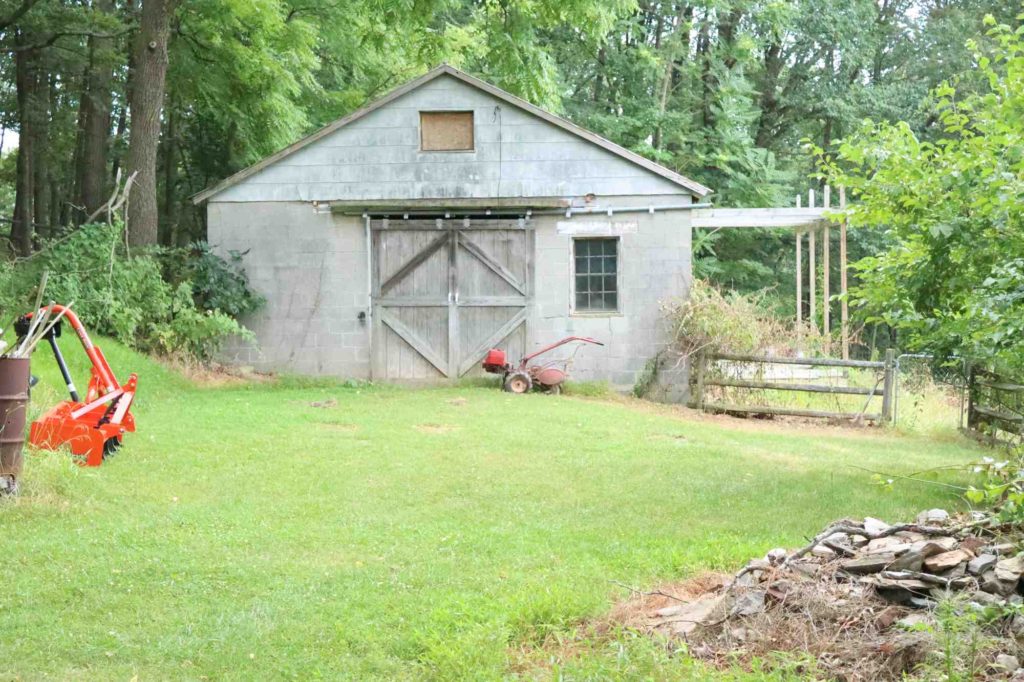

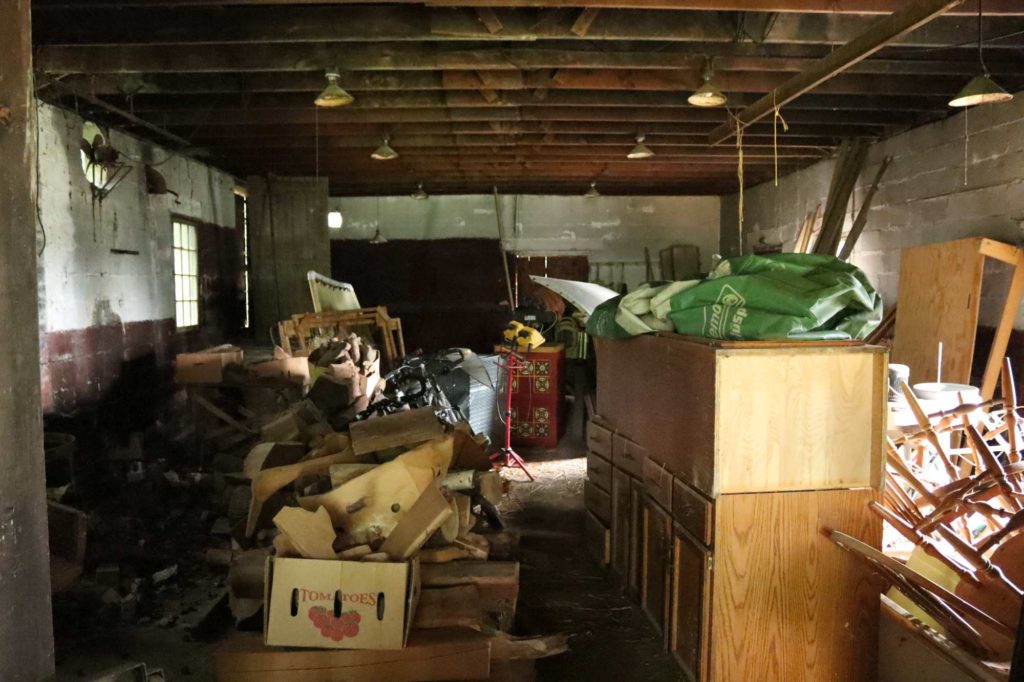
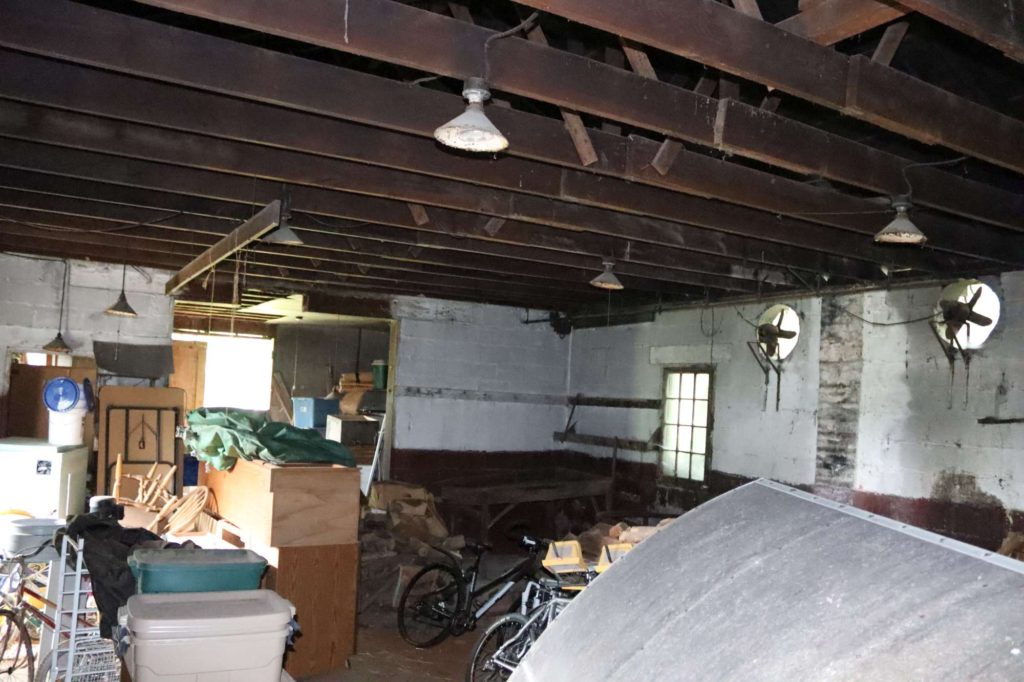
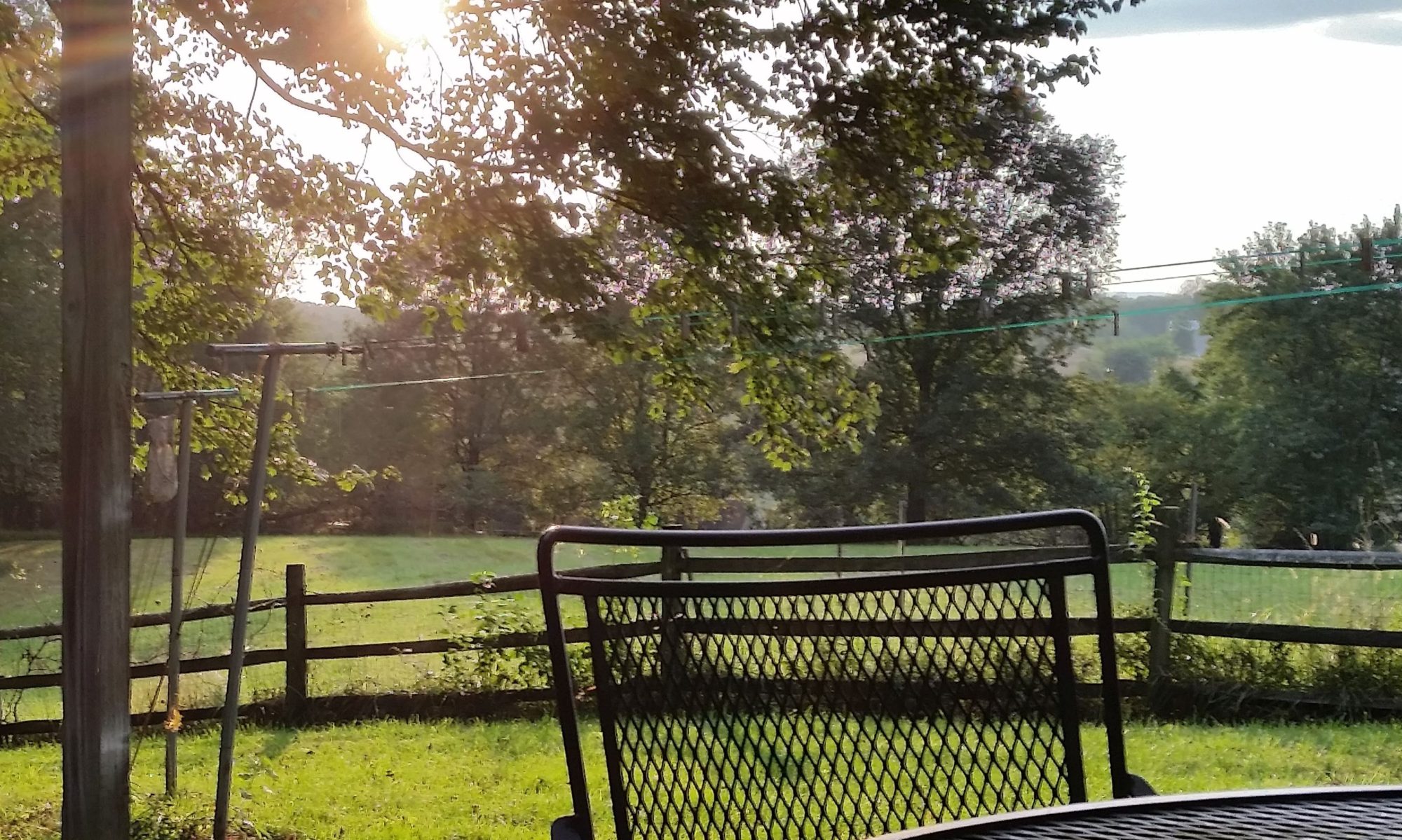
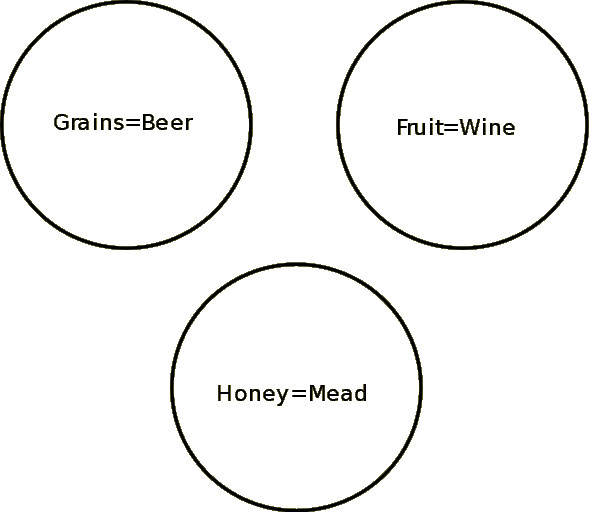

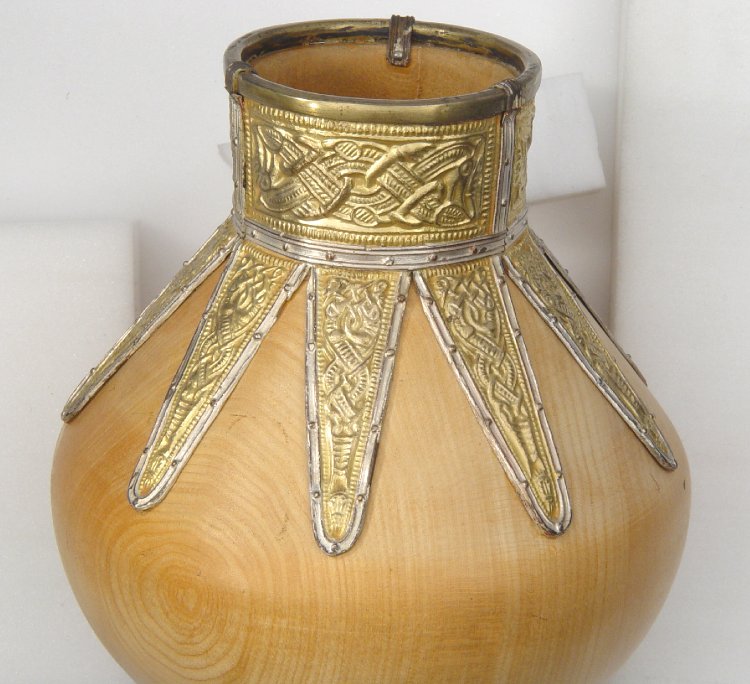
 Where is kolrosing used? The oldest example I know of is the Trossingen Lyre, dating from the late 500’s AD. While the kolrosing is difficult to see on the original, it’s definitely there.
Where is kolrosing used? The oldest example I know of is the Trossingen Lyre, dating from the late 500’s AD. While the kolrosing is difficult to see on the original, it’s definitely there.